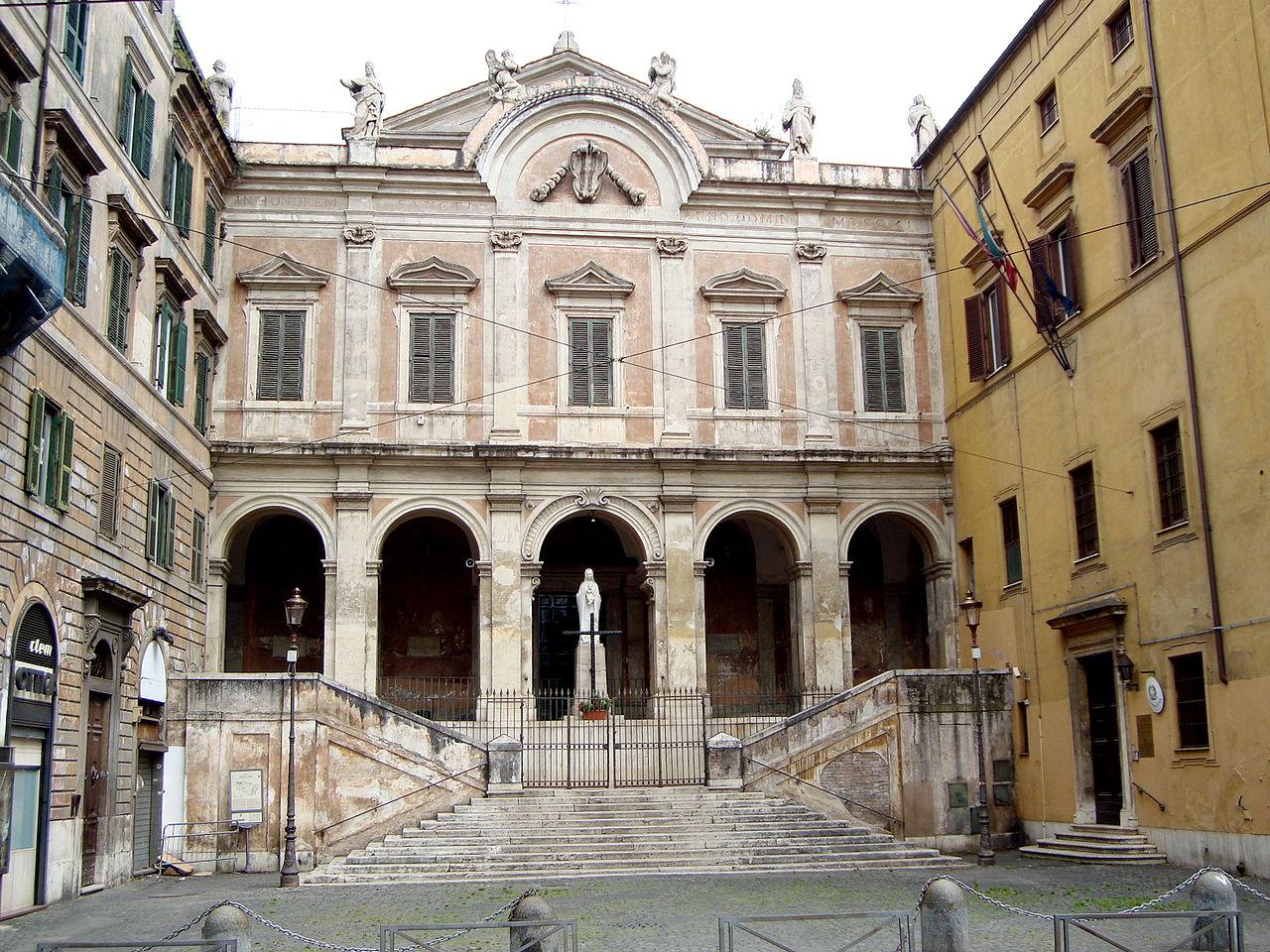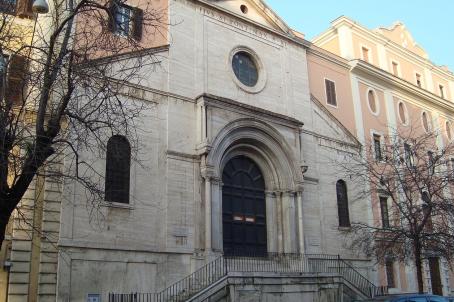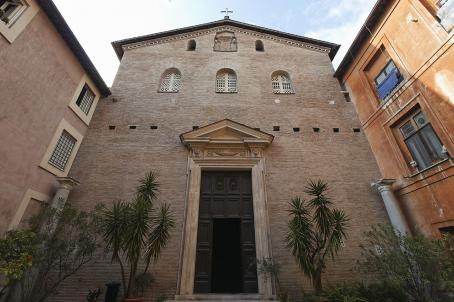Chiesa di Sant'Eusebio
The church of St. Eusebius was dedicated in 1238 to the 4th-century martyr Eusebius of Rome. A church was already located here, probably since the 4th century. Under Pope Sixtus V (1585-1590), one of the first printing works in Rome was established in the Celestine monastery attached to the church. In 1627, the place of worship was raised from a priory to an abbey, which was abolished two centuries later in 1810. Numerous modifications and restorations were made to the church in the 17th, 18th and 20th centuries, but the original Romanesque style has been preserved.






